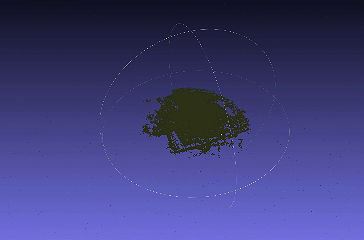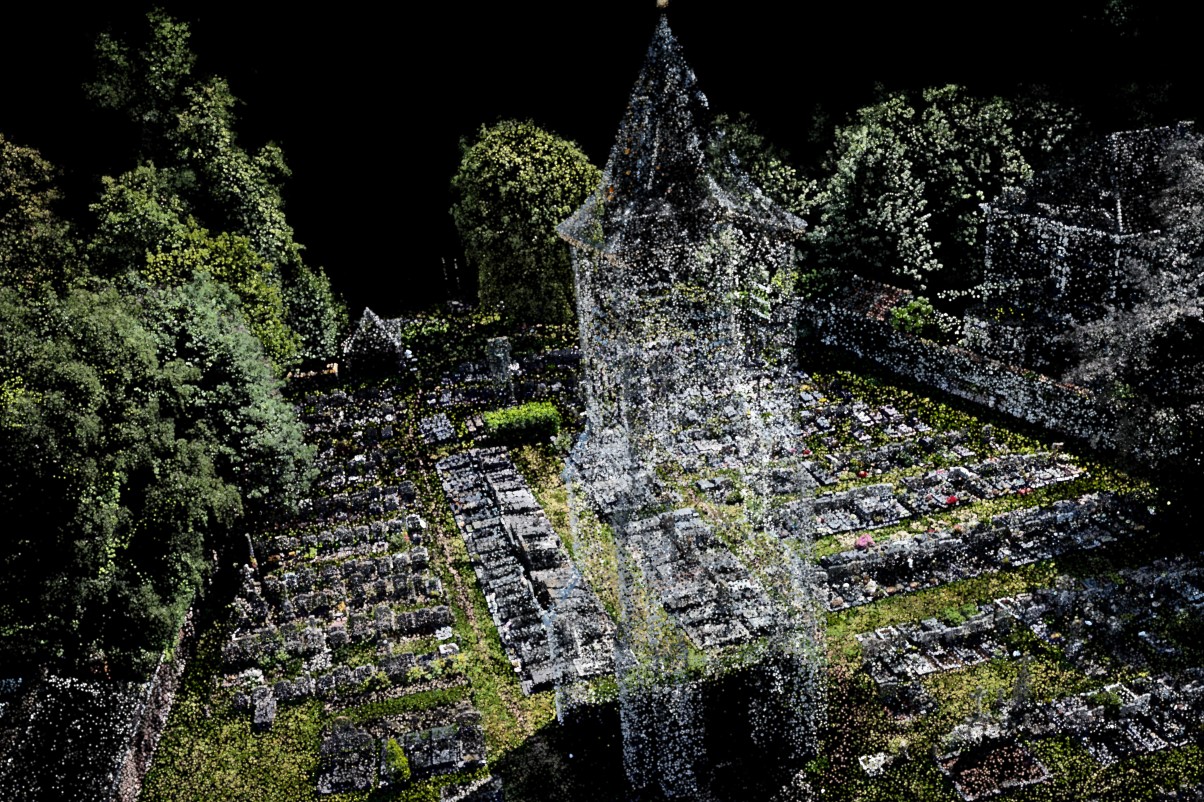Freely navigate through a 3D environment in the browser



A Neural Radiance Field (NeRF) is a sophisticated deep learning technique that reconstructs three-dimensional (3D) representations of scenes from sparse two-dimensional (2D) images. It excels in generating photorealistic views from new viewpoints by learning the underlying geometry, lighting, and reflectance properties of the scene.
The NeRF algorithm represents a scene as a radiance field parameterized by a deep neural network (DNN). This network predicts volume density and view-dependent emitted radiance based on the spatial location (x, y, z) and the camera's viewing direction in Euler angles (θ, Φ). By sampling many points along camera rays, traditional volume rendering techniques can produce an image.
To train a NeRF model, images of the scene must be collected from different angles along with their corresponding camera poses. These images can be standard 2D photos captured using any camera, provided the capture method meets the requirements for Structure from Motion (SfM) to track camera positions and orientations.
The goal of NeRF is to produce a detailed and accurate 3D representation of the scene, often referred to as a point cloud. A point cloud is a set of data points in space, each representing the coordinates of a point on the surface of objects within the scene.

This point cloud is then converted into Gaussian functions (Gaussian Splat) with initial covariance, colour and opacity. Instead of using a neural network for each point in the scene, the Gaussian functions are directly optimised by stochastic gradient descent to match the input images. This saves computational resources by eliminating empty spaces and enables fast realistic image rendering by projecting the Gaussian functions onto the screen and overlaying them to the desired image.


<html>
<head>
<title>Demo</title>
<meta charset="utf-8" />
<meta name="viewport"
content="width=device-width, initial-scale=1, minimum-scale=1, maximum-scale=1, user-scalable=no" />
</head>
<body style="background: black; overflow: hidden; margin: 0;" data-splat-file="GS_file.splat">
<script type="importmap">
{
"imports": {
"three": "https://unpkg.com/three@0.157.0/build/three.module.js",
"three/addons/": "https://unpkg.com/three@0.157.0/examples/jsm/"
}
}
</script>
<script type="module" src="js/main.js"></script>
</body>
</html>
"The photographer is the Swiss Army knife of the visual content industry, versatile and indispensable, crafting moments into timeless stories."